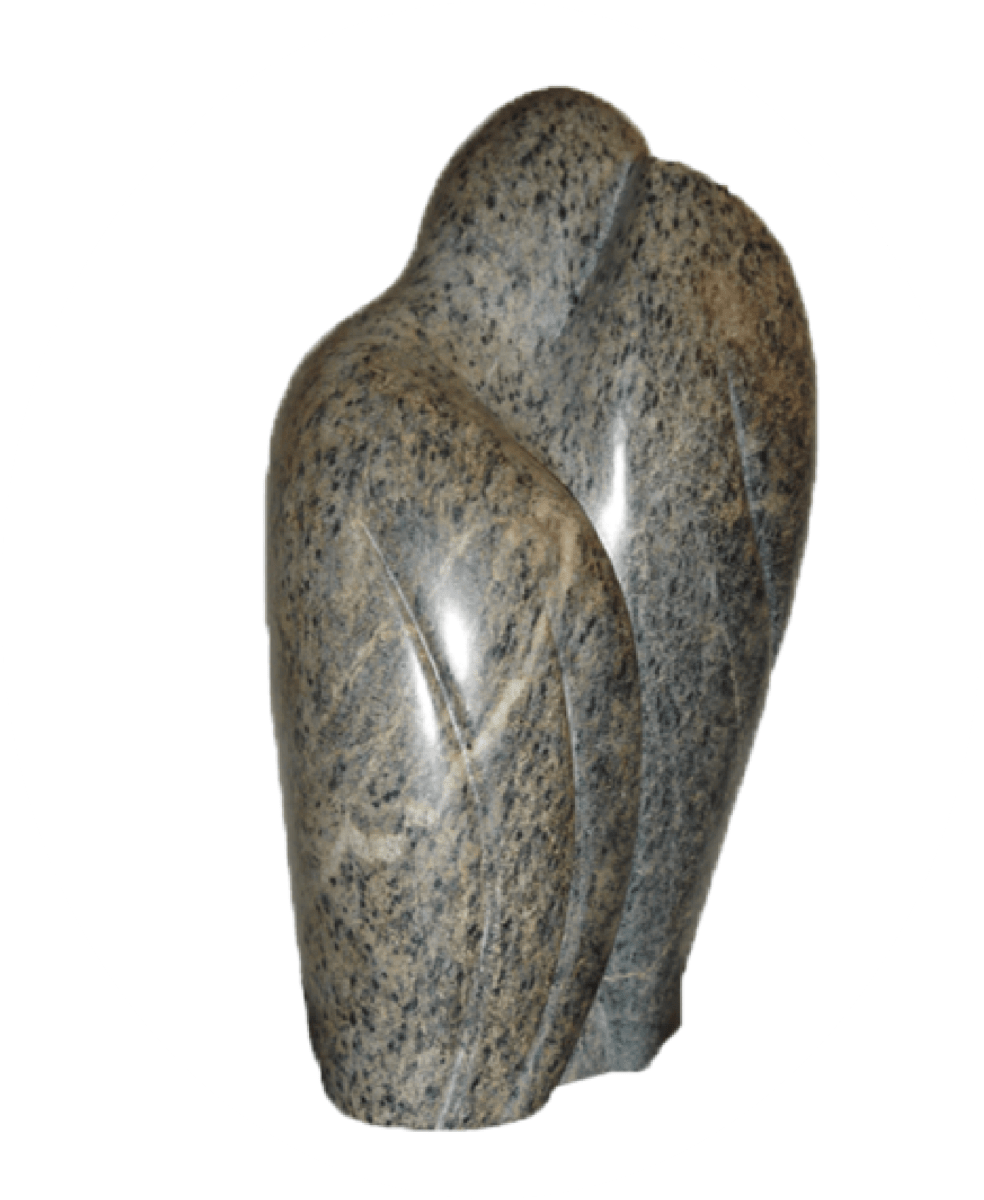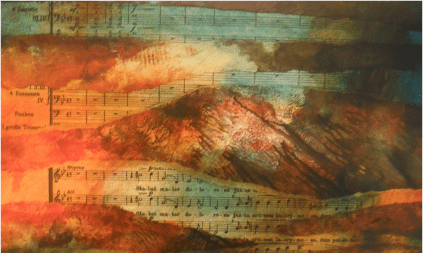Juan Crisóstomo de Arriaga
About the composer
Juan Cristósomo de Arriaga (1806 – 1826) was born in Bilbao, Spain on January 27. He was a musical child prodigy and his opera “Los Esclavos Felices” premiered in Bilbao when he was only fourteen. After three months at the Paris Conservatory his teacher in composition declared that he had nothing more to learn. Arriaga composed a symphony, some overtures, lyric-dramatical scenes, cantatas, three string quartets and several other works. Arriaga, burnt out, died of a lung disease on January 17, not quite 20 years old.
About the Stabat Mater
| Date: | 1825 |
| Performers: | Male choir |
| Length: | 7.09 minutes |
| Particulars: | The Stabat Mater for chorus, organ and orchestra is a predominantly homophonic interpretation of the first stanzas. The style reminds of Schubert and Mozart and it sounds more like a chorus from an opera than a sacred work. |
| Textual variations: | Only the first two stanzas are sung. |
| Colour bar: |
Information about the recording
| CD: | Hymnus/Pro Arte FSM FCD 97 774: Hommage à Juan Cristósomo de Arriaga |
| More info: | Dedicated to the works of de Arriaga. Recorded in Cologne, November 1993. I bought this CD in a record shop in the Netherlands, 1998. |
| Orchestra: | Hymnus Orchester |
| Choir: | Collegium Vocale Limburg |
| Conductor: | Luigi Sagrestano |
| Other works: | Overture "Los Esclavos Felices" |
| Code: | 1998-ARR 01 |





